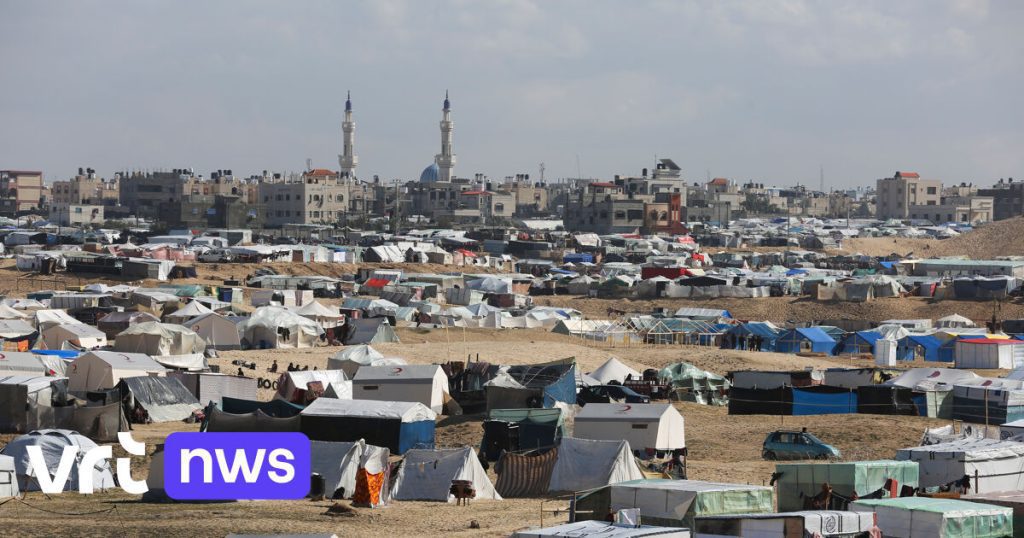However, the evacuation of Rafah includes much more than just the evacuation of residents. Hundreds of thousands of Palestinian refugees have been stranded in the border city in recent months, after the evacuation of northern and large parts of central and southern Gaza Strip. It is estimated that more than half of Gaza's population of 2.3 million is now in Rafah. Many of them are staying in temporary tents near the border post.
The big question now is what should happen to all these people. Where could they go? Returning them to places where there had been previous fighting carries great risks, because in many of those places there are hardly any facilities to stay in humane conditions. Moreover, these facilities are not available in Rafah itself.
New data issued by the United Nations show that the situation (in the entire Gaza Strip) has become increasingly dangerous. Nearly 10% of Palestinian children under the age of five suffer from “acute malnutrition.” The entire population of the Gaza Strip suffers from hunger, and people only have one and a half to two liters of water at their disposal every day, in addition to unsanitary water. According to the NGO ActionAid, “some Palestinians eat grass.”

“Lifelong food practitioner. Zombie geek. Explorer. Reader. Subtly charming gamer. Entrepreneur. Devoted analyst.”











More Stories
Revealing the ten countries that support Ukraine the most
Funny protest against mass tourism in Galician village
Kamala Harris has wind in her sails, but Trump can still win